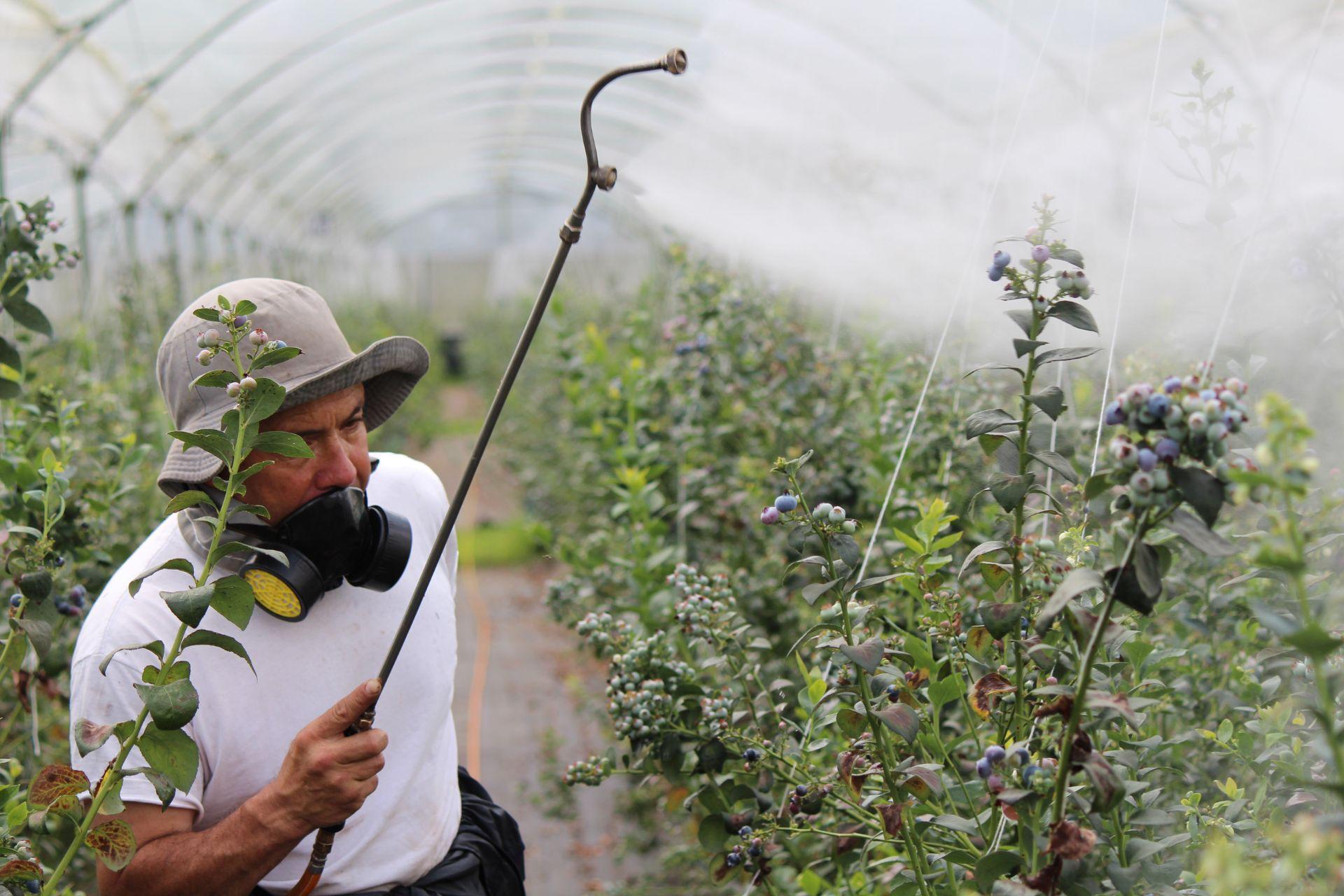
From providence, to phytosanitary products, to NBTs. There and back.
Towards the end of the 1940s, the residues of war products became products for the protection of plants and agricultural produce. Thus what had previously served for death was later recycled as protection for life.
The era of DDT, the chlorinated organic compound, the main product of synthetic chemistry that came into use to exterminate the insects responsible for diseases such as typhus, yellow fever, and malaria, came to a head.
I still remember “Flit” (the trade name for DDT) that my mother used to spray in the kitchen to get rid of the flies that came from the accumulated manure in the adjacent fields. Away with you all! - she would tell me and my sisters by making us go outside, but when we came back at dinner time the smell was still there. How disgusting! - I would say. So she would open the door onto the balcony and ventilate, while we sang “kill the old woman with the flit and if she doesn't die, do it with the gas”.
The gas referred to the chlorine in DDT, the most widely used chlorinated insecticide in the 1940s and 1950s (banned only in 1972 in the USA and 1978 in Italy), which is still found in the waters of the Mediterranean sea and on glaciers in the Himalayas. But DDT is not everything, World War II also brought organophosphorus insecticides and phenoxyacetic selective herbicides, opening the door to numerous other molecules of synthetic chemistry and the resulting toxicological phenomena.
In the 1960s and 1970s, the approach to issues of agricultural production saw its splendour in the promises of the Green Revolution, which, however, condemned entire regions of the planet to chemical death. That splendour faded away, overshadowed by the emerging phenomena of bioconcentration, biomagnification, bioaccumulation caused by plant protection products aka pesticides, fungicides, plant protection products or agrochemicals, now defined as 'substances for the protection of plants and their products from harmful organisms'.

From phytosanitary products to genetic mutations in new breeding techniques (NBTs)
It was in the 1990s when directives and procedures for the management and risk assessment of pesticides for humans and the environment are introduced in Europe. Efsa, the European Food Safety Authority, was founded in 2002. Yet even today, people dare to ignore and even worse deny the dangerousness and environmental fate of chemicals. In my region, Trentino-Alto Adige, the directives are to ignore the existence of my company (AXS M31), which has given voice to the Mendini discovery made known in the 1980s, to the depolluting technology of the BioAksxter® formulations and to what was developed by our Research Department. Everything is silenced.
No wonder, the European Green Deal legislation on the one hand promotes organic farming (Farm to Fork strategy) and the reduction of phytosanitary treatments, on the other hand it approves and introduces a kind of genetic counterfeiting (genome editing techniques) with the related mirage of plants resistant to diseases, pests and climate change. Almost as much as promised at the advent of chemistry: abundant production without effort...

Phytosanitary products and new breeding techniques: the impacts
After 80 years of wild pollution, we have touched it:
- the disadvantages of chemical control including secondary infestations, damaging effects on natural enemies of pests such as bees and other pollinating insects, the emergence of resistant species (more than 500 species resistant to insecticides), etc.
- damage to users
- residues in food
- bioaccumulation in the environment with degradation of soil, water and air, plants and animals
- significant losses to agricultural production
Now, under the banner of sustainability in agriculture and new biodiversity, nature is being reinvented with new breeding techniques (NBTs). Rather than on the road to a resilient and sustainable system, we are on the road to catastrophe, where manoeuvres on genetic mapping alter the programme instead of enhancing it. So much for plants with improved production, quality or nutritional characteristics... Indeed, where does the gene get its energy?
In essence, human meddling with natural processes must also be thoroughly evaluated in terms of its consequences, without merely countering it with prejudice, as in the superficial interpretation of 'nostalgia for the past and a lack of trust in research'. The blind fly game is good for children to experience the space they live in.
I will never cease to say that we need to rethink agriculture starting with de-pollution. Even that of minds.
Enhancing biological functions without abandoning Mother Nature
Genetic modification of plant cells is supposed to prevent the occurrence of plant diseases, make crops more resistant to drought, extreme weather events and pests, it is said, to enable productive, sustainable and competitive agriculture. It all sounds good, except that the technology consists of modifying DNA by inducing mutation. And it is precisely this action of human meddling with natural processes, this abandonment of Mother Nature's laws, this reckless substitution of life's creative work that should worry us.
Furthermore, we state scientifically that the modification of the message in the gene cannot be limited to the physical plane, but must necessarily take place on the magnetic plane. What announces itself as a 'method of targeted biological mutagenesis' or as an 'acceleration of the normal crossing techniques known to man for some millennia' does not take into account the primary programming on which every organism is based (which is, moreover, unknown to contemporary science), nor does it make available to the plant energy that is useful for life processes, since energy in the sense of subatomic life is unknown or limited to the biology of living beings. The complexity of life and its evolution on Earth is not limited to molecular mechanisms. Matter and energy are in continuous transformation and evolution.